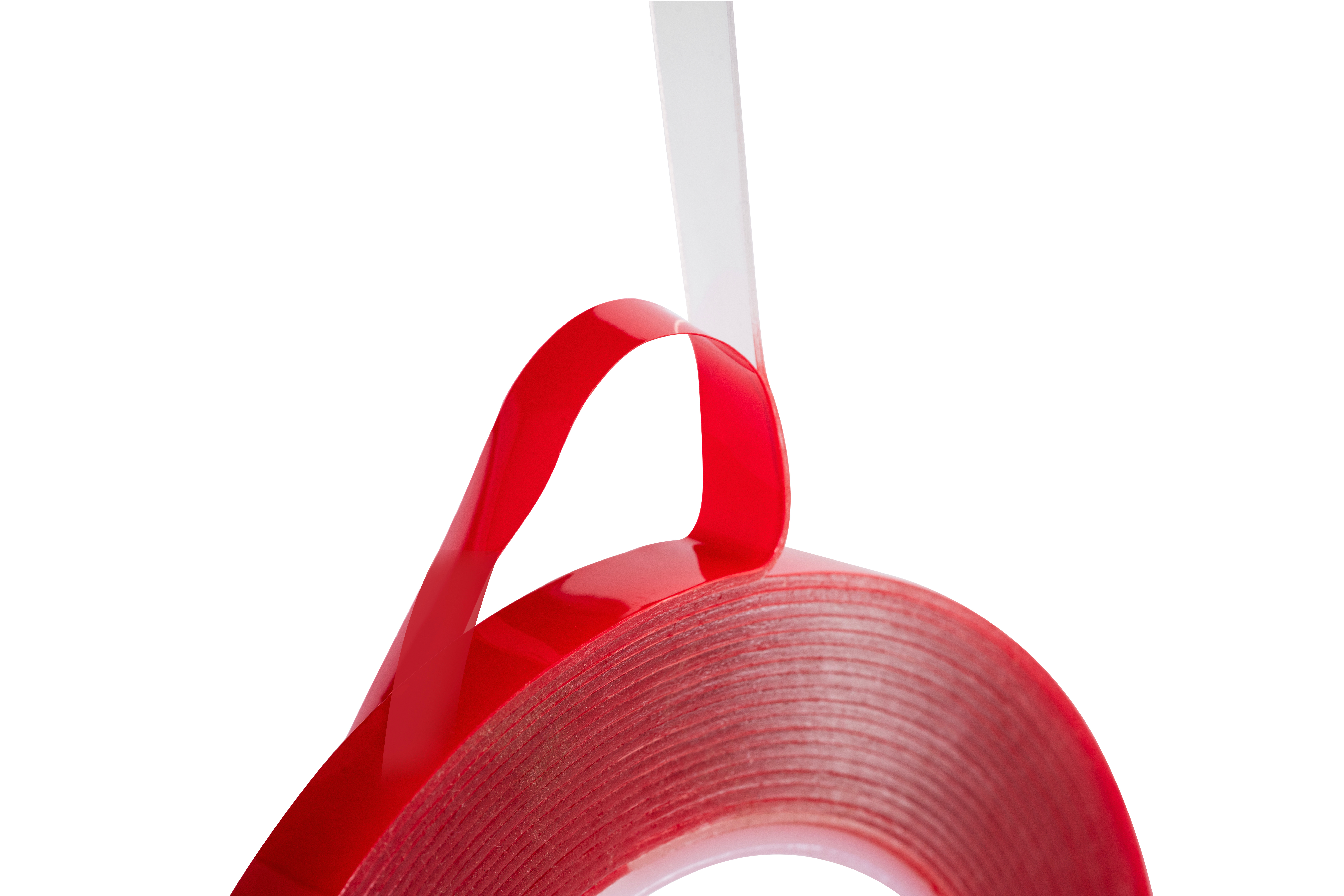
Are you a manufacturing company? If so, does your business depend on inventory to get by? If you answered yes to one or both questions you might be familiar with a two-bin system. A widely used inventory management system, a two-bin system basically deals with two bins to help you or your team keep track of inventory. It helps you determine when inventory is full, low, and needs replenishing. A two bin system often exists in production lines where multiple parts come together to create a new product.
The basics:
Just like the name implies, it is a system where two bins are used to track and monitor inventory for production purposes. A two-bin system is a visual way to track inventory, a "what you see is what you get" system. It's simple. It helps you visually see what is low, and what needs to be re-stocked. Once one bin becomes empty, it's time for it to be re-stocked. Once the bin empties, there is either a card telling you to re-stock it or the empty bin itself is an indicator of your inventory levels. By the time the second bin empties, the first one ideally should be re-filled so that business continues as usual. Again, this is often managed visually to determine when it is time to re-order and re-fill your empty bin.
Inventory Breakdown:
Your company's inventory is the most critical part of your business, and one of your most costly investments. Not only is it a costly investment, but you must also make sure you have the right inventory at the right time. Simply meaning that not only do you order it at the right times but that the people working with you can keep track of inventory. As you can see, there are many variables that factor into this type of inventory management.
Besides visual cues, there is sometimes a card indicating when it is time to re-order, re-stock or re-fill the bin. However, this can vary depending on production requirements, season, or other factors. The size or number of bins is often how this system gets adjusted or regulated depending on inventory needs.
Advantages:
- Prevents you from running out of stock
- Simple, easy to manage
- Visual
- Intuitive – Demand determines need.
- Lean system
Disadvantages:
- Too much or too little stock
- Upfront investment
- Not backed by data
- No forecasting
- Lose Money if you don’t sell or use inventory
- Outdated
- Losing cards
Conclusion
As you can see, there are many factors for managing and tracking inventory with a two-bin system. You can rely on visual cues, you can quickly train people to manage this system, and it allows you to run lean if you have the right system in place. You are also leaving a lot up to chance by working with this type of system. You often must order inventory up front, you are not relying on data to drive re-ordering inventory, and you are often relying solely on visual cues to know how much inventory you have on hand.
The Austin Advantage:
You already know your inventory is the backbone of your business, so how are you making sure that your inventory is accurate, smooth, and saving you time and money? Good inventory management is necessary for the future success of your business. Find out more about inventory solutions here.
Interested in ABLE II™ VMI?
Fill out this form and our team will reach out to you to see if you qualify for our VMI services.


.png?width=300&name=VMI%20-%20Infograph%20(1).png)





